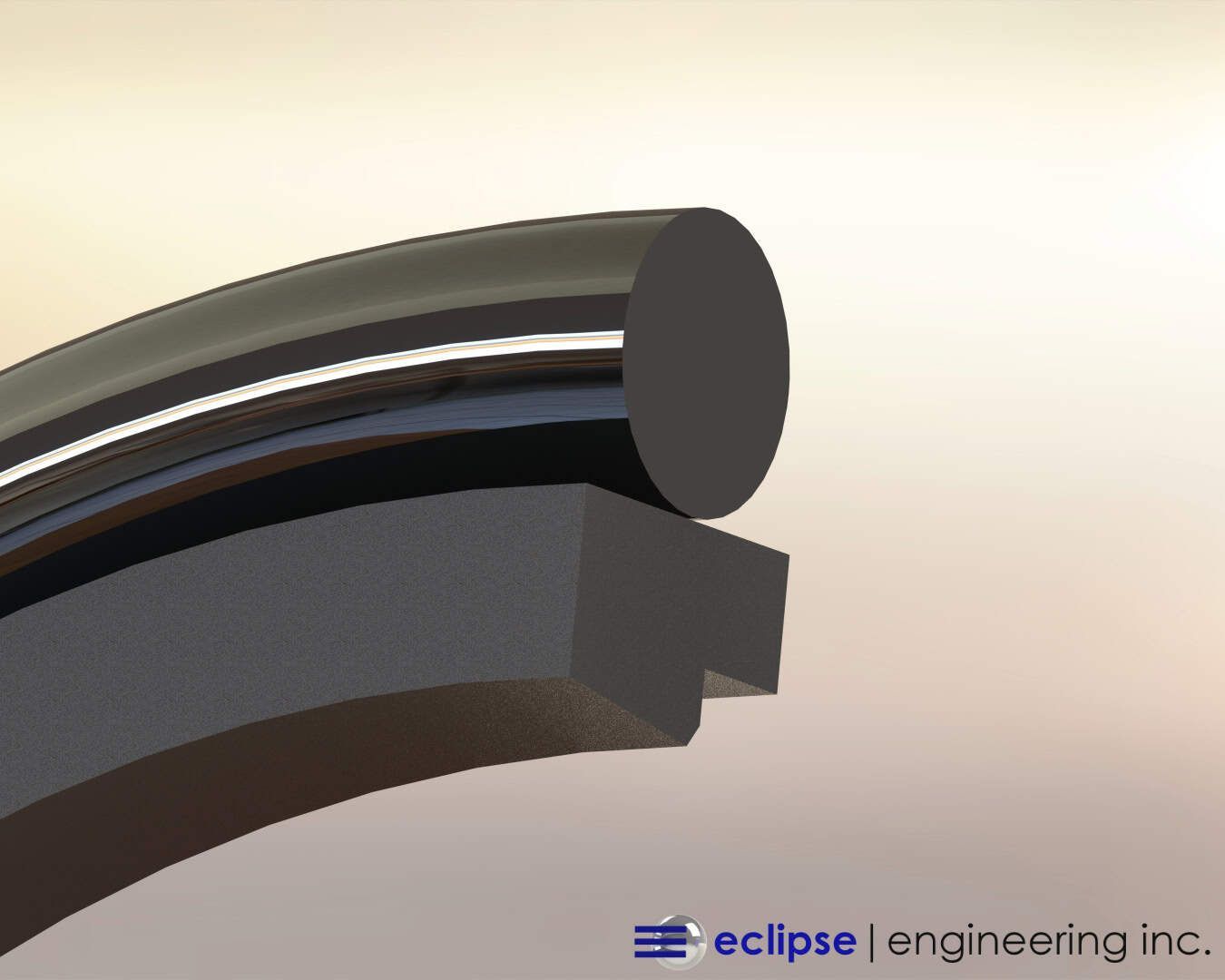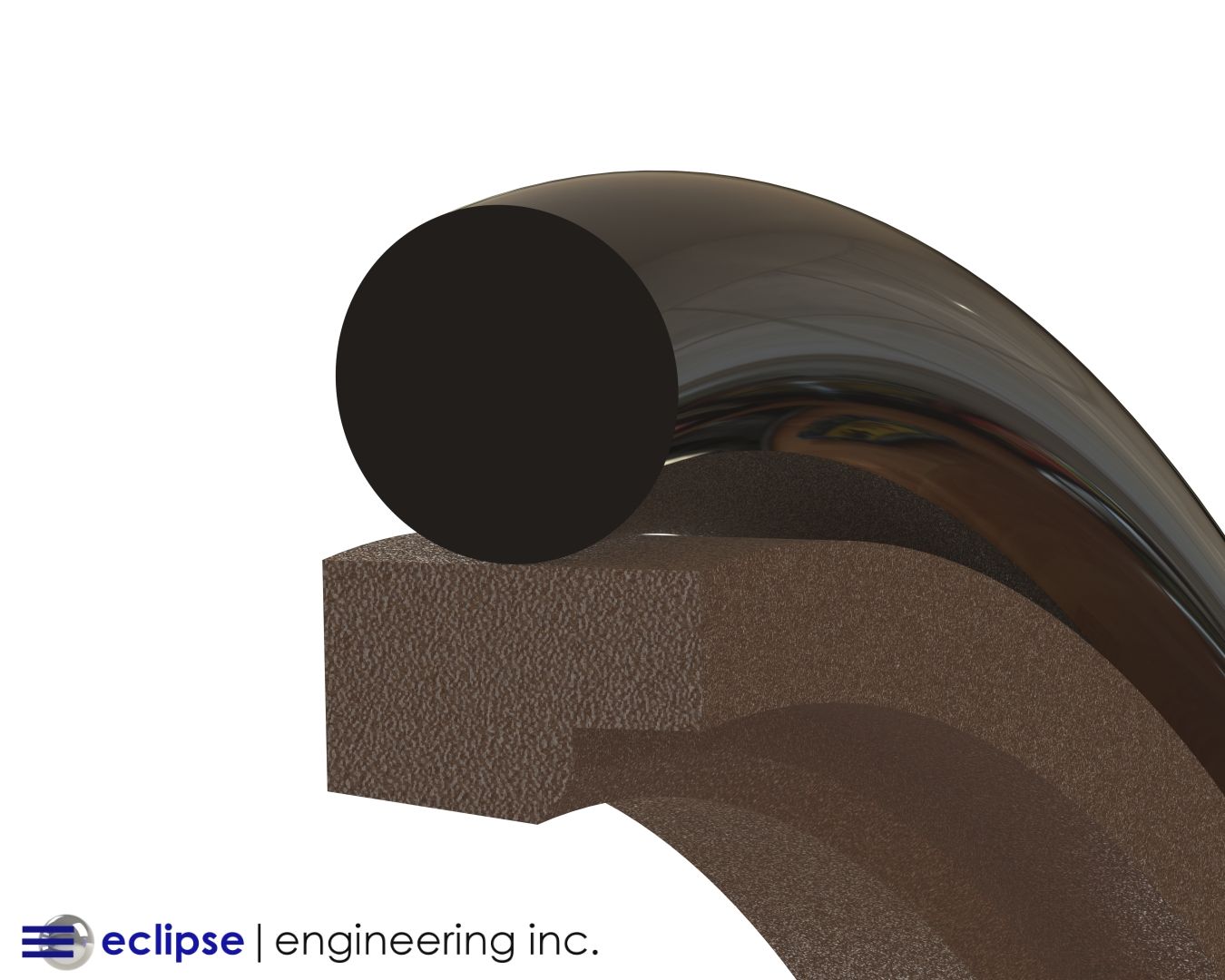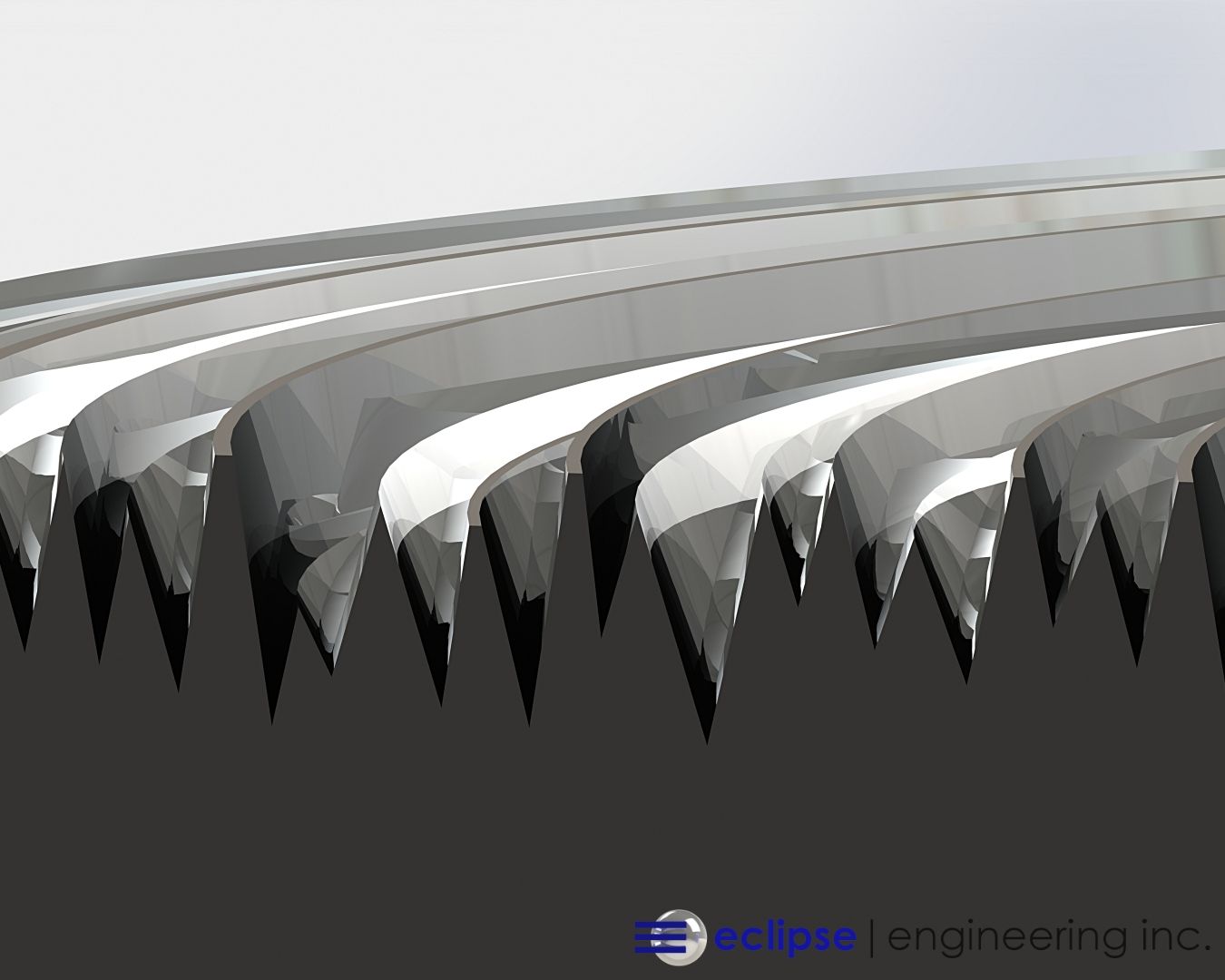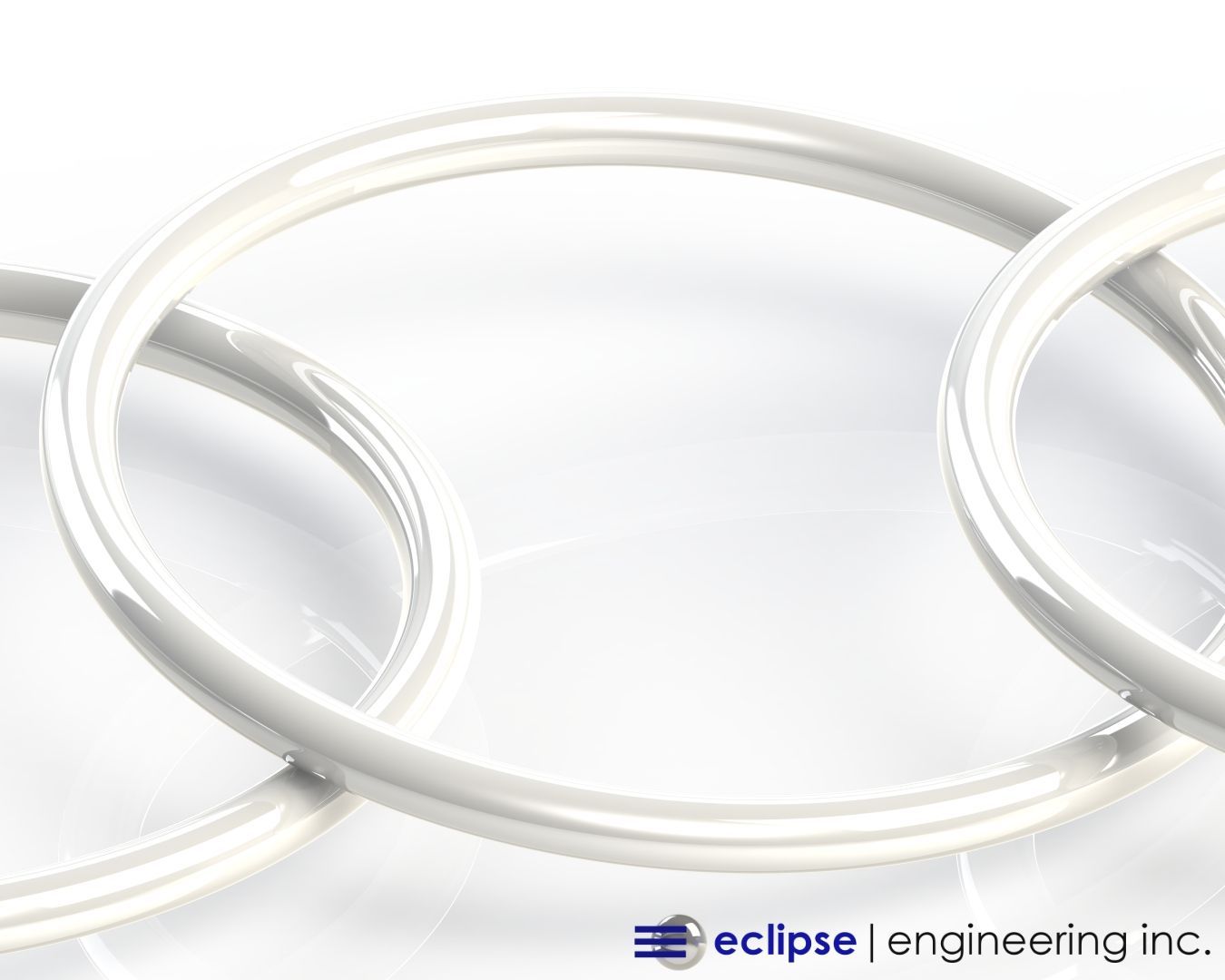Eclipse AS9100 Training
This wraps up a very exciting week here at Eclipse! On Tuesday, our management team spent the day with a trainer from our Manufacturing Software, Shoptech. On Wednesday, our production staff took their turn. The purpose of this training was to begin the implementation of an AS9100 Quality Management System here at Eclipse. We are obviously in the beginning phases, but I can assure you that Eclipse is moving full speed ahead in this endeavor and we are currently hoping to have our AS9100 certification within 6 – 9 months.
While we were not pushed into obtaining our AS9100 or ISO certification, we do realize that these requirements are held in very high regard with some of our customers. In addition to those customers who appreciate us going to this level of quality, we know without a doubt that this certification process will create a better company here at Eclipse which will benefit all of our customers immediately. This continual improvement here can now be monitored closely to ensure that we are taking every step possible to produce the highest quality products to our customer’s specifications.
If anyone has some immediate feedback, please don’t hesitate to share it with us! We look forward to this new system being in place and keep an eye out for updates on our progress!
Ryan Martin





